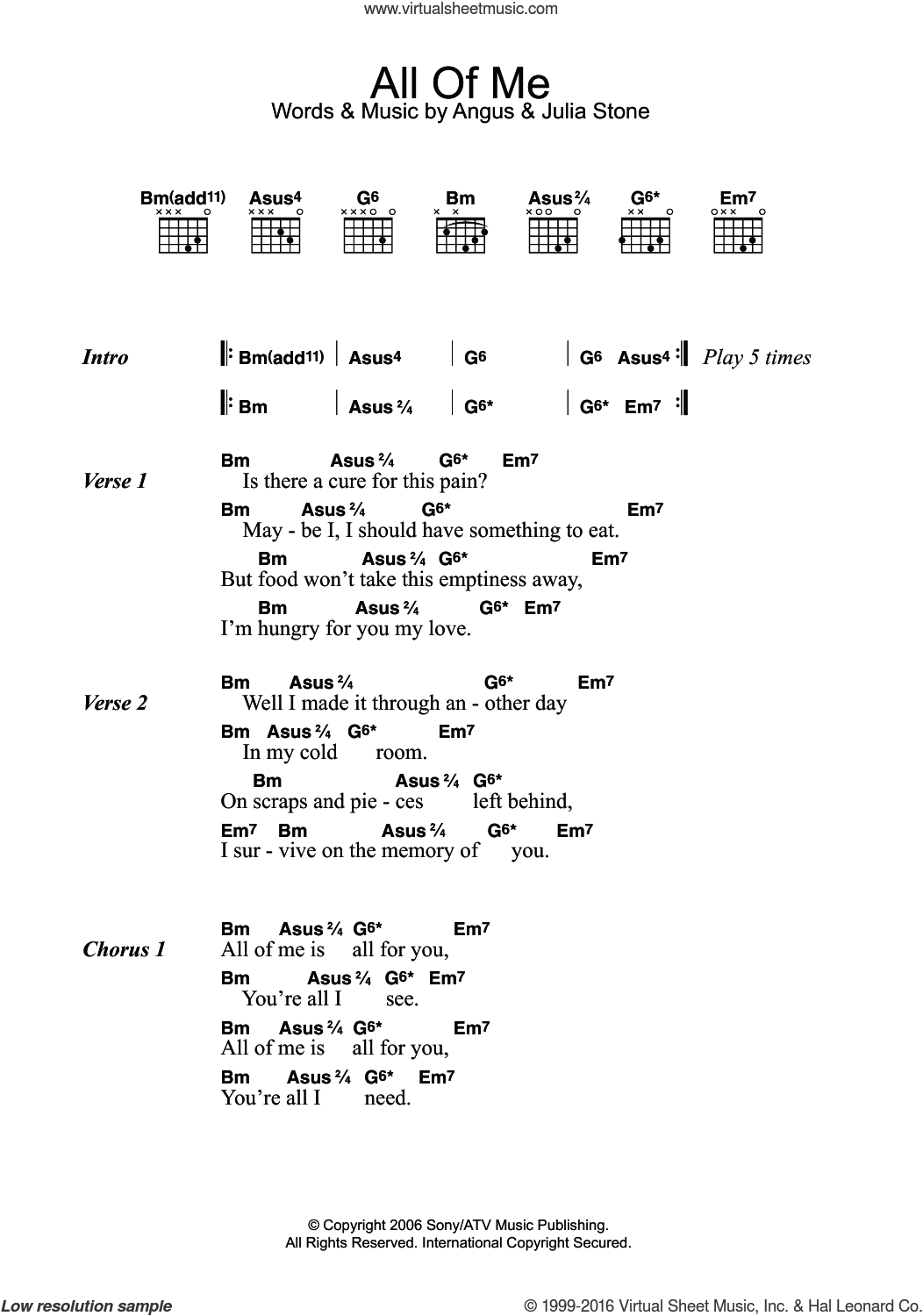
Juan Carvajalino’s chapter also deals with operationalism, but its perspective is different. What Hands shows is the discrepancy existing between Samuelson’s official methodology-operationalism-and his actual methodological practice, which is much looser. Of course, this is not Hands’ first foray into the subject, but the purpose here is to revisit his past contributions in the light of a decade of historical works using Samuelson’s recently available archives-which were integrated into the Rubinstein Library collections at Duke University in 2011 and have been used quite extensively since then. This account is followed by Wade Hands’ chapter on Samuelson’s operationalism. Hammond shows quite convincingly that besides his political ideology, Samuelson is also ideologically committed to the neoclassical synthesis and the mathematization of economics. While the chapter relies a bit too much on Samuelson’s own reminiscences, it provides a fairly balanced account of the MIT economist’s own search for ideological balance. To do so, the author looks at Samuelson’s relation to two of the most influential economists preceding him: Joseph Schumpeter and John Maynard Keynes. First, historian of economics Dan Hammond does a fine job at clarifying not just Samuelson’s ideological tenets but, more generally, his academic ethos. From a historian’s perspective, this is easily the most satisfying section of the book. I doubt that most scholars who have done serious research on Samuelson would accept such assertions without qualifications.ģ The introduction being unhelpful, some of the tasks it should have taken care of fall to the ensuing chapters, which are devoted to Samuelson’s methodology and use of mathematics. Take this one, for instance: “If Samuelson had a methodology, it was that economics was about optimization subject to constraints if Samuelson had an ideology, it was that markets should be allowed to solve most economic problems subject to an ethically acceptable set of initial conditions … and an absence of externalities and monopoly power” (6).


More substantially, the introduction does not provide one with a take on Samuelson that would help justify the volume’s existence or structure-Samuelson’s methodology (Part I), then his contributions to microeconomics and finance (Part II) and to macroeconomics, international trade and economic development (part III)-but instead what it does is to present a number of disjointed remarks about Samuelson’s methodology and to advance a number of propositions as if they were self-evident. Roger Backhouse’s (2017) 700-page biography, which painstakingly reconstructs Samuelson’s early years, or the recent volume devoted to “MIT economics” and Samuelson’s primary role in its foundation (Weintraub, 2014), are conspicuously absent. Conversely, he omits most books and articles devoted to Paul Samuelson’s academic work published during the past three decades, some of which were notable enough to spark Samuelson’s own criticisms in his lifetime. In fact, he barely mentions it, except for a couple of Festschrift volumes and a commemorative piece that are mostly hagiographic and do not contain much serious historical research on their subject. Volume co-editor Richard Anderson does not attempt to summarize the previous literature. Unfortunately, while not without merits, the present book falls short of providing such a recapitulation.Ģ Part of the blame can be attributed to the volume’s introduction.

What the reader should expect from a collection of essays devoted to “Samuelson studies” is a timely recapitulation of this past decade’s work. If one wants to understand the core of modern economics, there is no better way to start than studying the scholar who best represented it. The late focus on the history of recent economics has encouraged that transition. This explains why since his death, Samuelson has stopped being treated as a fellow and became more like a distant, historical, object of inquiry.

Samuelson may well have thought of himself as having provided contributions to the history of economics but as a recent piece (Weintraub, 2016) made it clear, he was no historian at all. This, of course, begs the question: How can economists write about one of their discipline’s most celebrated figures while busily engaged in prolonging his many contributions to the field? Admittedly, there should be at least one subset of the community for whom this apparent paradox should pose no problem: historians of economics. This is a quote from the subject of this book himself: “How can I write about science while busily engaged in doing science?” (1). 1 Rarely have I read a more self-defeating sentence than the one that concludes the first paragraph of the introduction to this collection devoted to the life and work of MIT economist Paul Samuelson (1915-2009).


 0 kommentar(er)
0 kommentar(er)
